A vessel that exits the left part of the heart and performs the task of delivering blood cleaned by the lungs to the body, which allows pumping 5LT of blood per minute into the body of an adult individual is called the aorta. The vein consists of 4 main parts. While aortic rupture shows symptoms to a person, the symptoms are likely to be more severe or more bearable, according to the distance to the heart Age and high blood pressure factor, are the main reasons for aortic aneurysm surgeries. Certain genetic factors, diseases such as tuberculosis that lead to atherosclerosis or infection can also be shown among the causes of aortic aneurysm.
Although it used to be seen in the most feared group of surgeries among surgical operations and it poses many complications risks, in today's conditions aortic aneurysm surgeries are relatively easier. Of course, this convenience is due to advances in surgical medicine. In addition to the success rate of open surgeries and being relatively more interventable, the healing process of a person can be accelerated with closed surgery techniques.
What is Aortic Aneurysm Surgery?
Aneurysm can develop within the boundaries of the aorta, usually in the abdominal part, sometimes in the chest part. Aneurysm is a medical name given to the detection of signs of permanent balloon formation or expansion in a vein. The patient does not complain much when the mentioned problem is still in the process of development, treatment of aortic aneurysm if necessary, will be determined by a phenomenon such as CT, magnetic resonance, angiography, which will probably be taken for another purpose. Rupture of an aneurysm with an average course of 5.5CM and above will lead to the loss of the patient. Therefore, it is a necessity to proceed to the treatment process immediately after its detection. Aortic aneurysm surgery is usually provided by open type surgery. With the developing microsurgical method, recently aorta surgeries with closed surgical procedures also occupies a widespread place in the use of medicine.
Doctors who perform aortic aneurysm surgeries prefer to perform treatment in the form of an incision method or direct open heart surgery depending on the patient's condition and the size of the aneurysm complaints. An artificial vein will be placed in the torn area and the person will be tried to be restored to health at the end of these operations. If the formed aneurysm is noticed early, the treatment will be easier, while in case of an explosion, a more difficult surgical procedure process can be followed. Aneurysms that form in the abdominal part of the vein are not easy for the patient to feel and consult a doctor, the aneurysm continues to develop very insidiously in this area. But it will manifest itself with some symptoms, especially in areas relatively closer to the heart:
- Back pain
- Chest tightness
- Cough and shortness of breath
- The feeling of stinging and the feeling like hearing the hearbeats in one's own ear.
Going to the doctor without spending time on such doubts, increases the chance of aorta surgery with the incision method. In other words, a lot of time will be saved during the patient's recovery process.
Which Department Deals with the Aortic Aneurysm Surgeries?
Aortic aneurysm is a cardiovascular disease with a high risk of death. All problems experienced in the large aorta, the most important clean blood carrier of the body, can be treated by cardiologists who are specialists in cardiovascular surgery. As doctors are competent in the diagnosis and treatment of all heart and vascular diseases, they will provide you with detailed information about the operation process and its structure in case of complaints. The location and size of the aneurysm in the body is the determining factor in terms of what kind of surgical method your doctor will start treatment using. Since the techniques used in surgery also play an important role in your recovery and post-operative life process, it is useful for you to make a quick decision when managing the process.
How Are Aortic Aneurysm Surgeries Performed?
If the aortic aneurysm is located in a place such as the arm and leg area, a simple operation with local anesthesia is preferable. But if it is located closer to the heart or directly in the heart, the treatment will definitely be done with general anesthesia.
The patient should be fasted the night before. In addition, since there is a surgery that carries a risk, it is also necessary to prepare several units of blood before the aortic aneurysm surgeries.
The aneurysm area, which is carefully separated from nearby tissues, will be cleaned by the surgical treatment method preferred by the doctor. During this procedure, pliers are inserted into the previously determined starting and ending point, which will stop the blood flow. In this way, the inside of the opened aneurysm is cleared of blood and clots. An artificial vessel is stitched and fixed from the places where the aneurysm ends and begins. After suturing this vein, the pliers are removed, blood flow is ensured. It is usual for bleeding to continue for a while at the end of suturing, the patient is not closed until the bleeding stops. If the aneurysm is in a area that can be treated using micro surgery such as an arm or leg, this treatment can be completed by making an additional vein sample from the leg to the aneurysm instead of an artificial vein.
If the aneurysm developing in the vein is not noticed and treated, it can burst and lead to a person's death. Therefore, it is necessary to take precautions with aortic aneurysm surgeries as soon as it is noticed.
The Risk Ratio of Aortic Aneurysm Surgery
The patient's medical history, age, chronic ailments and the condition of the aneurysm formed in the aorta are considered to be among the main deciders of the risk ratio of surgery. As you know, almost all surgical procedures, regardless of the size, have a risk. Since the risk of aortic surgery is directly connected to the heart, it is larger than in normal operations. The following types of risks can be encountered in the operation:
- Respiratory problems
- Stroke
- Reactions to anesthesia
- Infection
- Tachycardia of the heart
- Death
- Paralysis
- Continuation of vascular blockages
- Instant clot formation
If surgery was planned by examining the patient's medical history and conducting all examinations in a timely manner, it can be said that the overall risk of death is about 3% to 5%. However, during treatment, your examination charts and chronic conditions will play a more decisive role and inform your doctor about your individual risk level. Pre-prepared and planned surgeries, will be more successful and less risky when compared to emergency aortic aneurysm surgeries Patients will be asked to take a walk immediately after surgery to prevent the risk of DVT as soon as possible.
The Process After Aortic Aneurysm Surgery
If aorta surgeries are performed with the incision method, the process of getting up and maintaining normal vital activities of the patient will be much faster. However, when it comes to classical open aorta surgery, according to the medical technology of the age, it is really used for areas close to the heart, it becomes mandatory for a certain period of time for the patient to return to their routine.
Having an aneurysm in the abdominal area can result in an abdominal hernia or swelling in the abdominal area later in most patients. It is very important in this context that the patient is on his feet quite soon after the operation. If, despite this, a finding is detected, a re-operation for an abdominal hernia can be performed. A large proportion of patients suffering from aneurysm are individuals over a certain age, and along with this disease, blood pressure and cholesterol-like diseases also persist in the person. For this reason, the doctor's recommendations should not be disrupted in order to maintain the artificial vein sewn in the postoperative process in a healthy way.
It is strictly forbidden for patients who have undergone vascular intervention, especially with open surgery, to drink alcohol and smoke. It is not recommended that they take part in activities that heavily tire the heart. After the operation, the patient can take care of his own needs. The recovery period of large aortic vessel surgery will spread over an interval of about 2 months to 6 months depending on the condition of the patients and the location of the aneurysm. During a very long part of this process, the doctor follows his patient at home.
Resources:
https://www.nhs.uk/conditions/abdominal-aortic-aneurysm/treatment

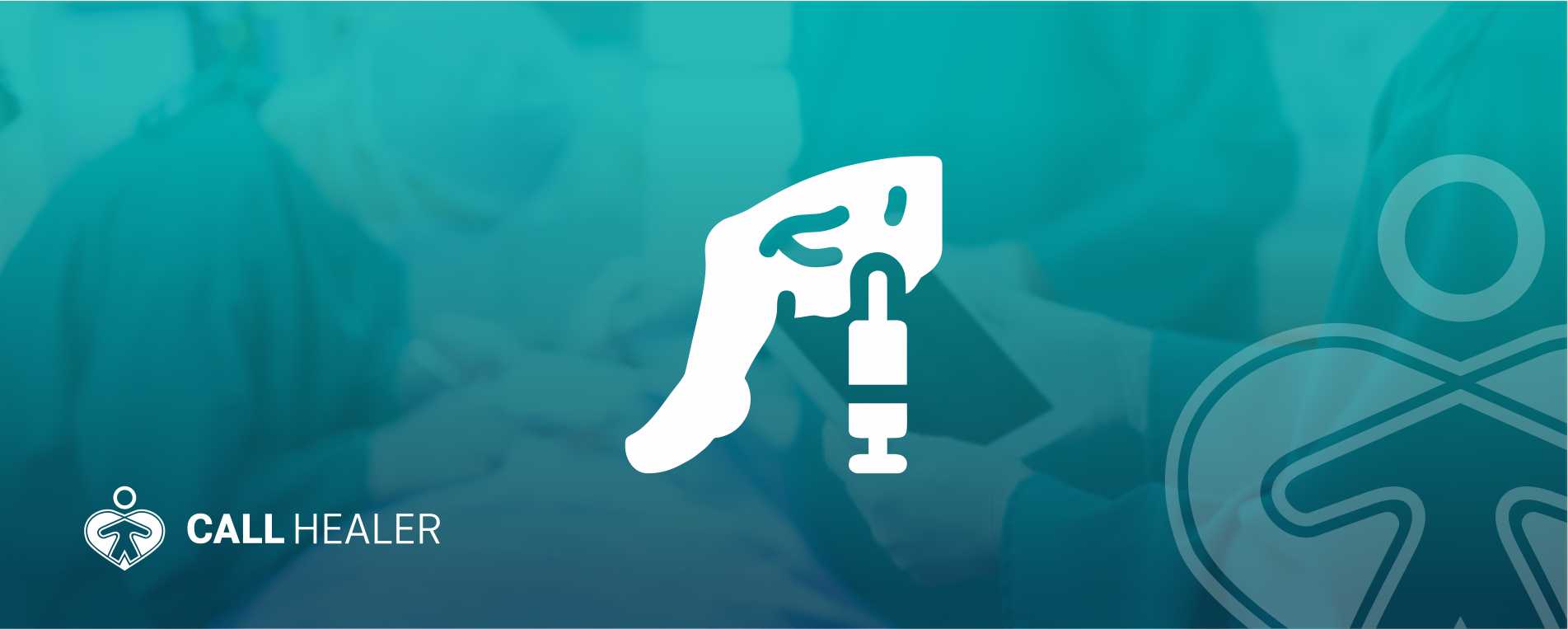
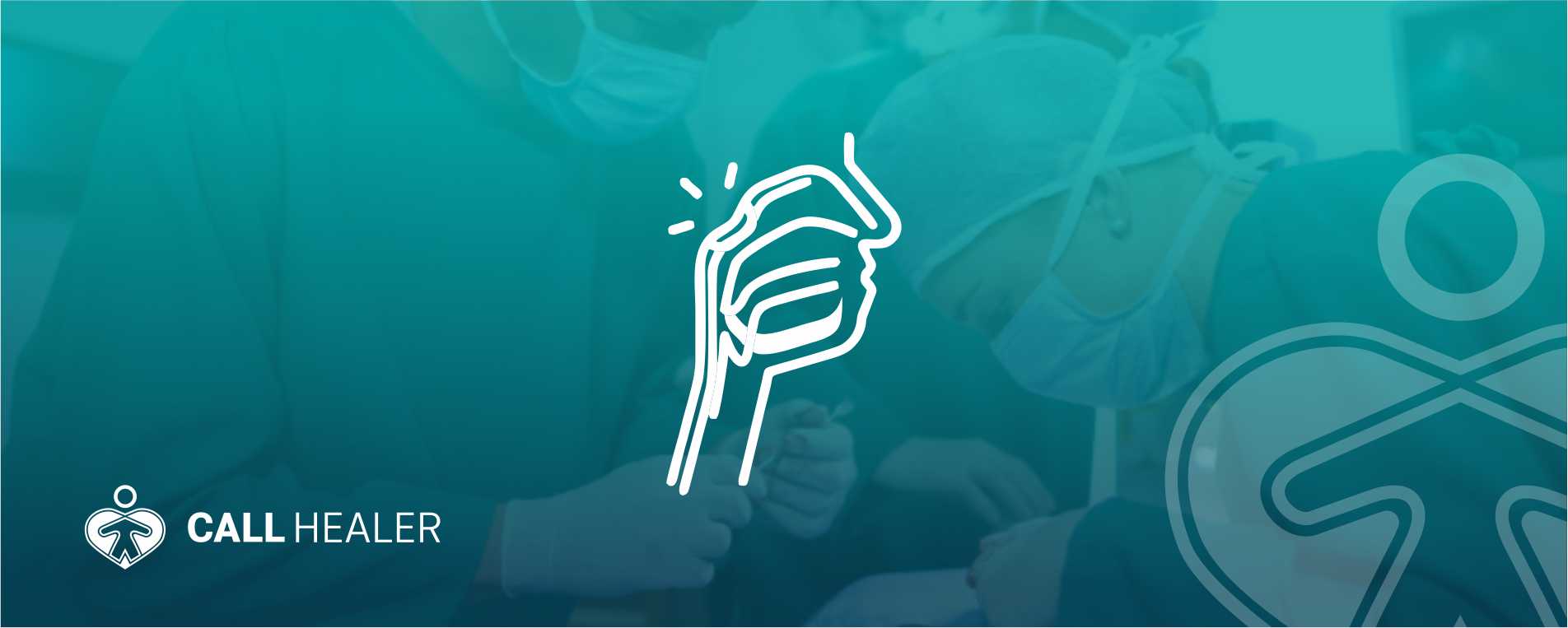
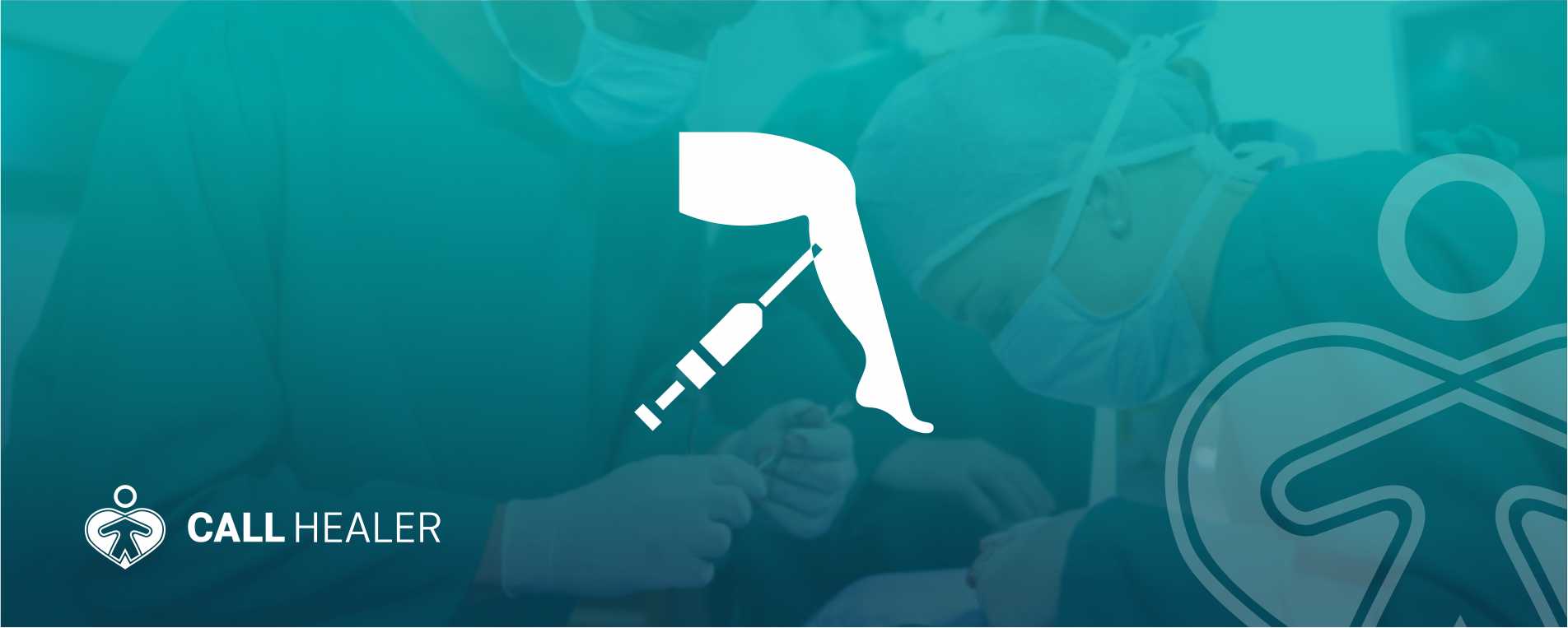
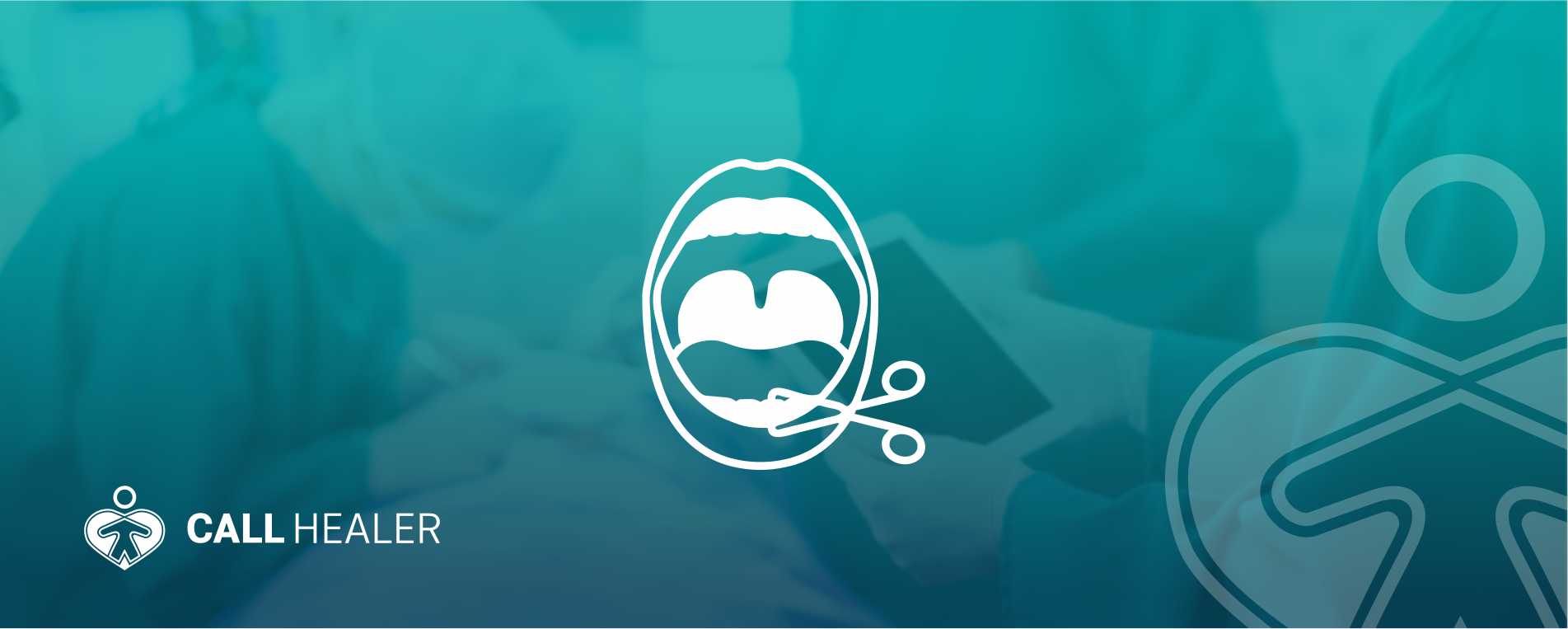
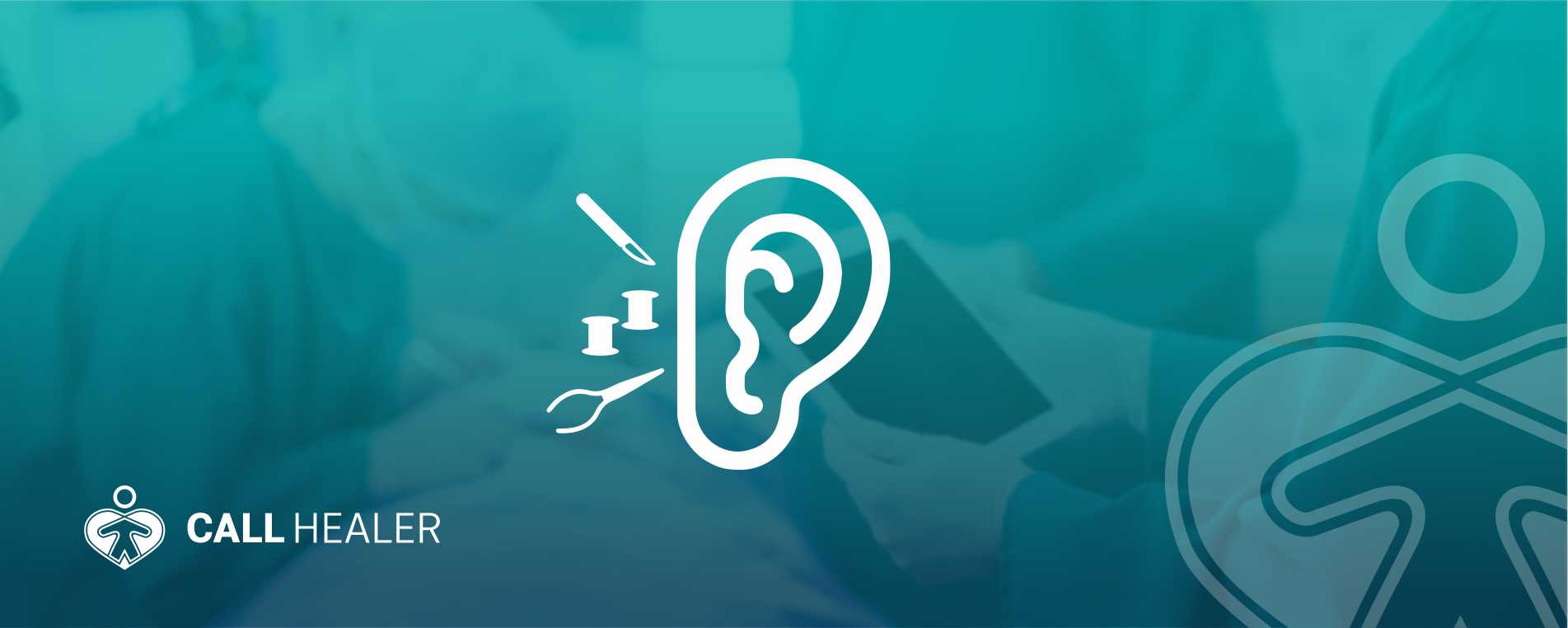
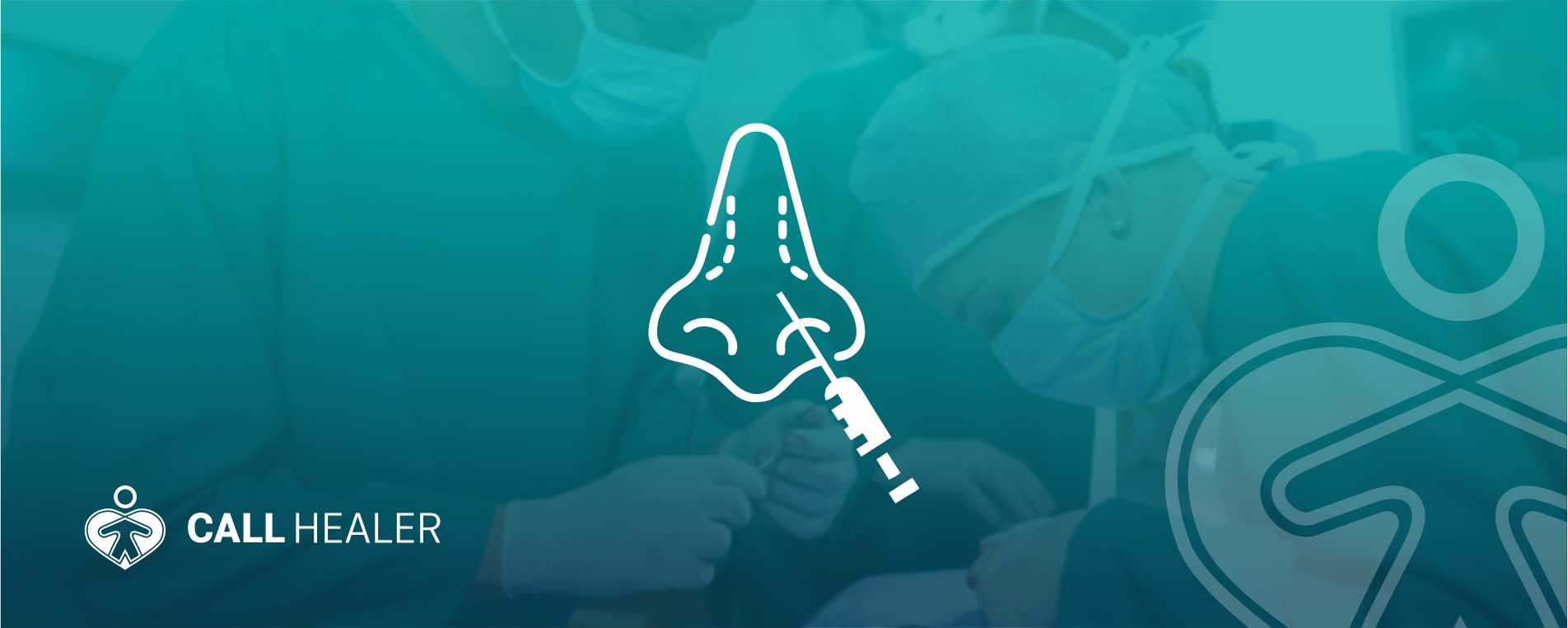
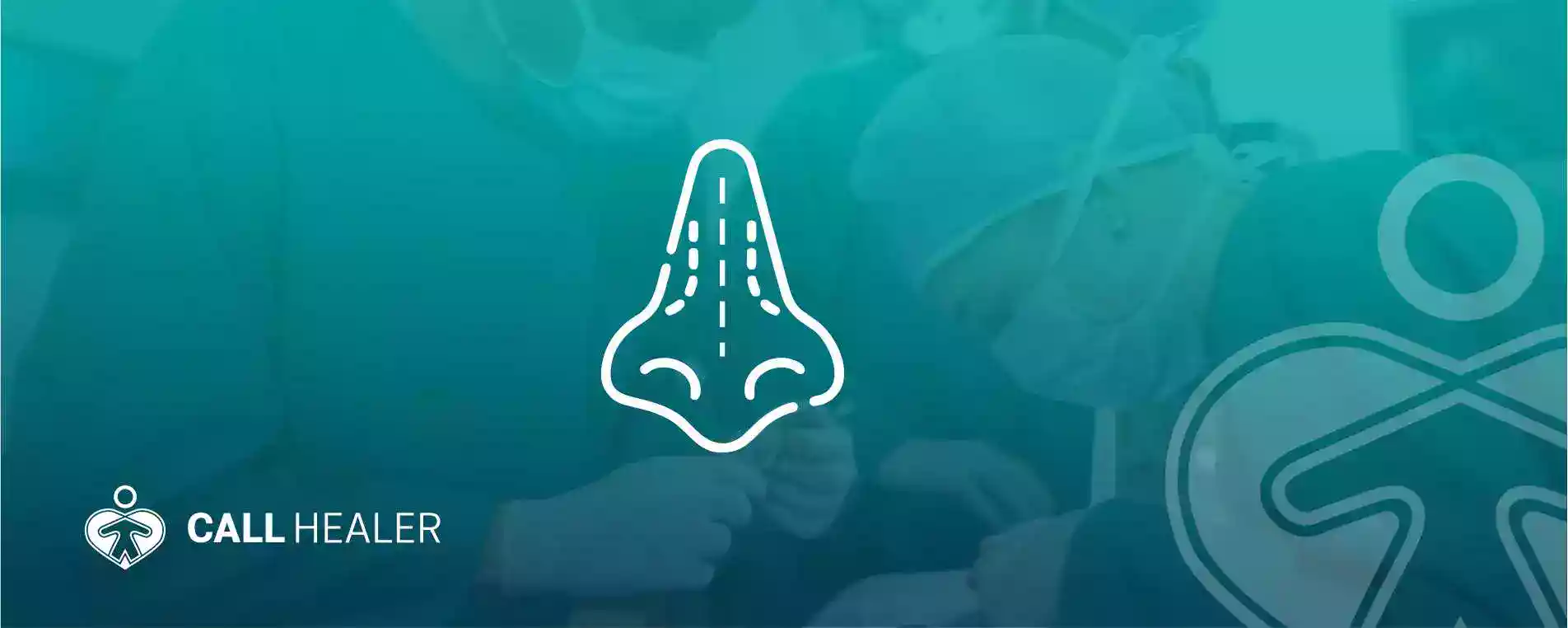

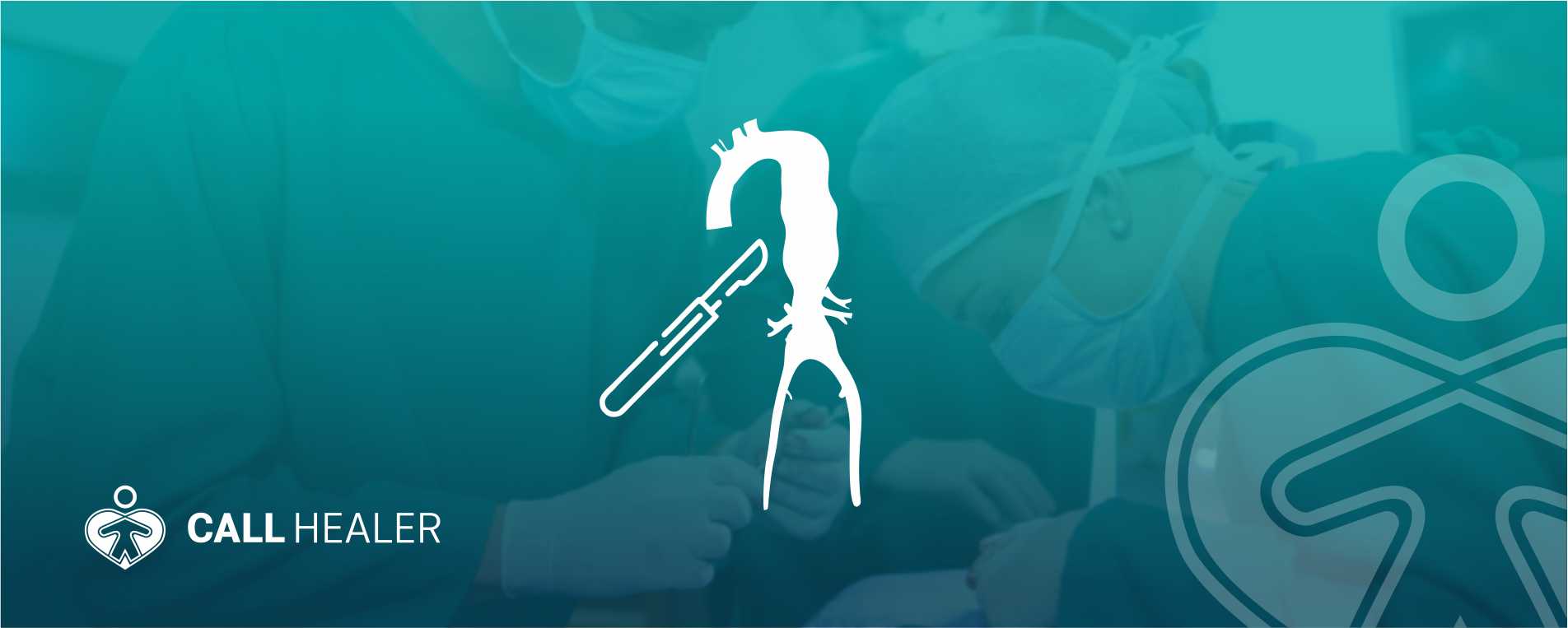
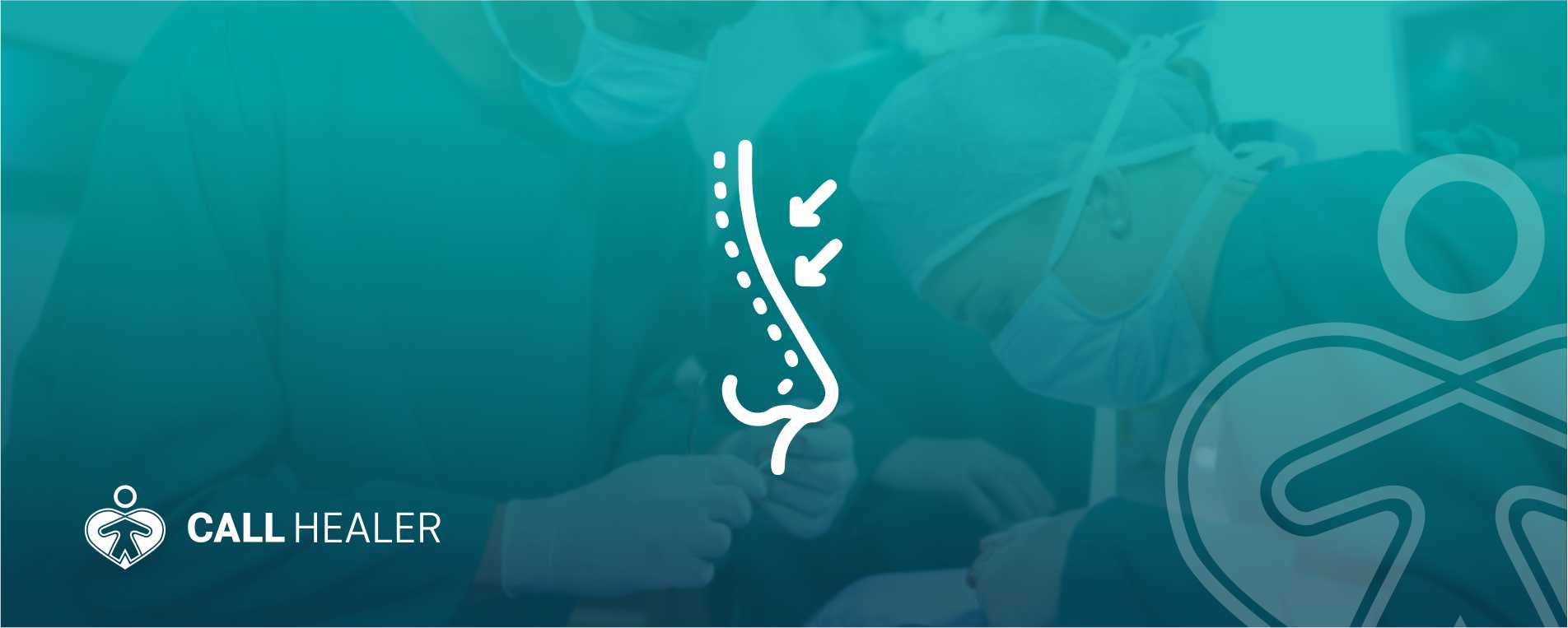
{{translate('Yorumlar')}} ({{yorumsayisi}})